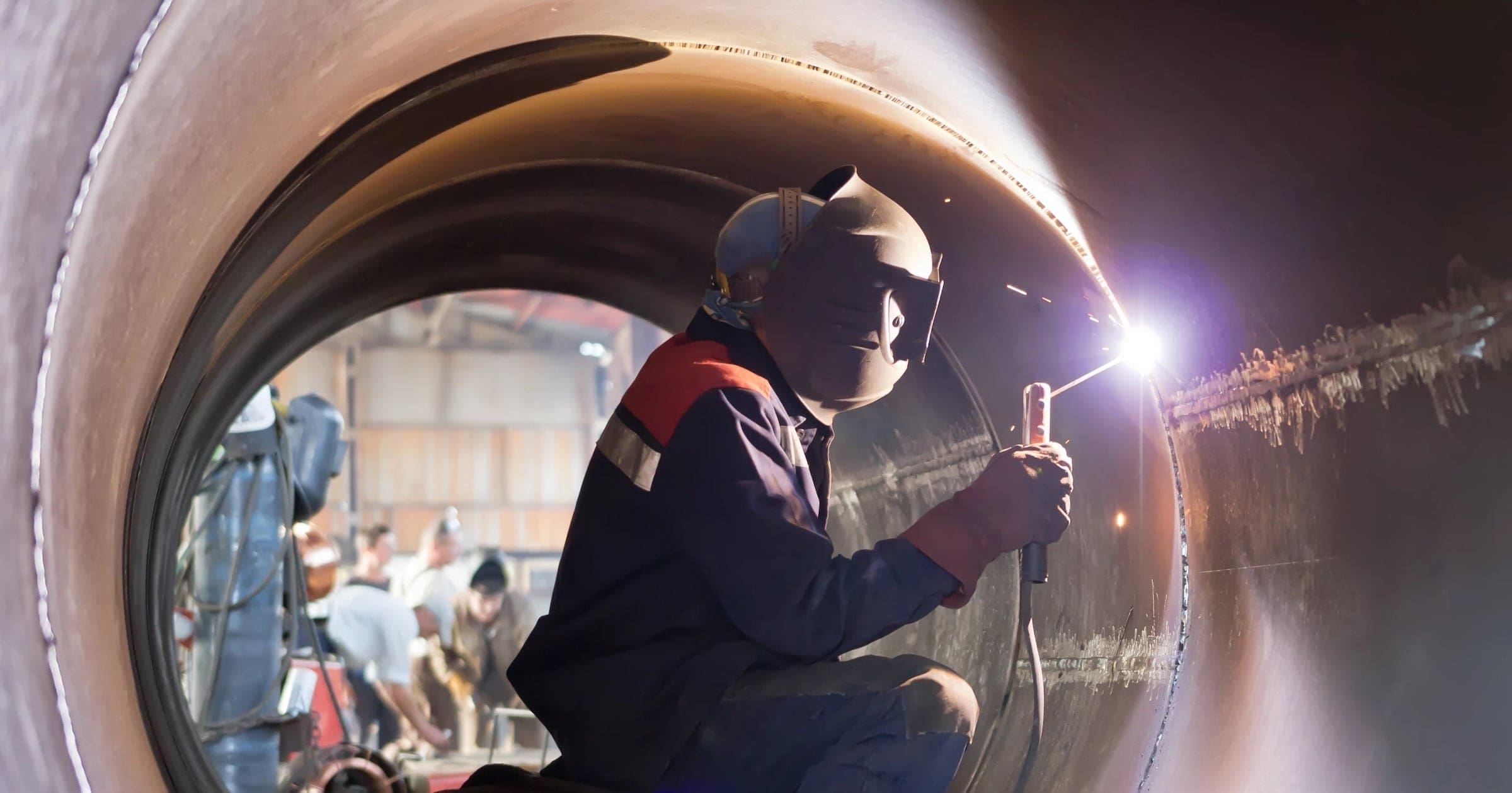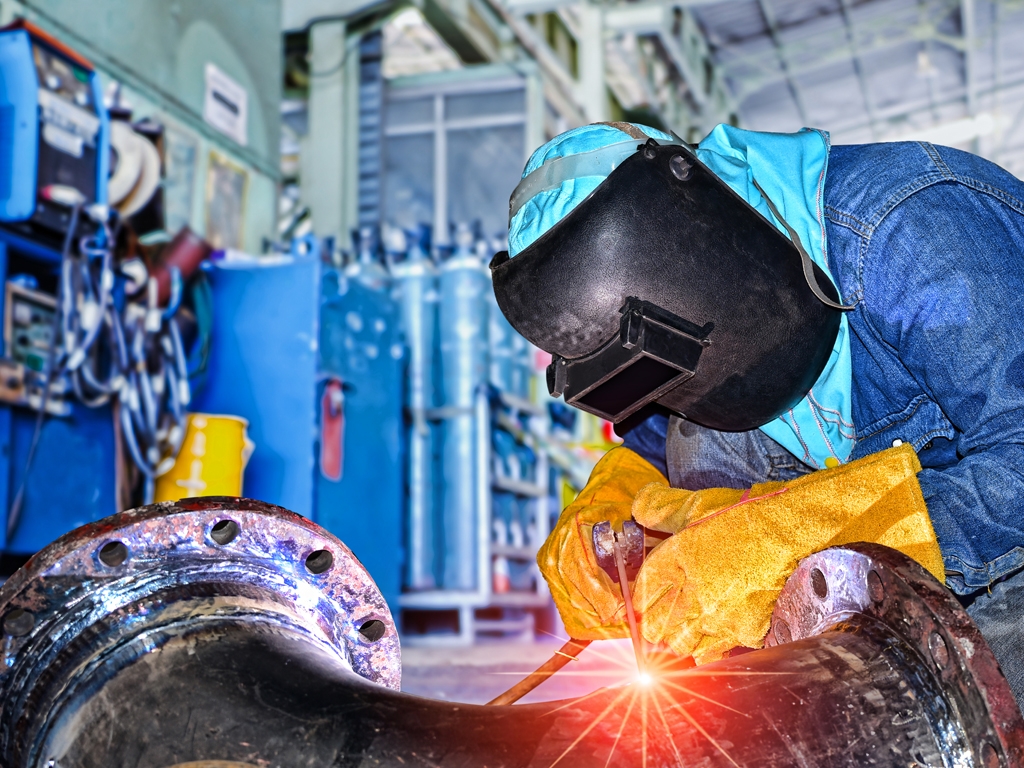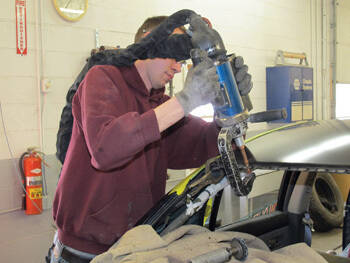Checklist for weld distortion by Belgrade Fabrication
Wiki Article
Typical Welding Repair Work Issues and Exactly How to Address Them Efficiently
Welding fixings frequently run into a variety of concerns that can endanger the stability of the last item. Typical issues consist of insufficient penetration, porosity, and misalignment, among others. Each problem provides distinct challenges that call for specific methods for resolution. Recognizing these issues is important for welders intending to boost their outcomes and skills. This discussion will certainly discover these typical welding repair concerns and reliable approaches to address them.Insufficient Infiltration
Inadequate infiltration occurs when the weld steel fails to fully fuse with the base material, leading to weak joints and possible architectural failings. This problem commonly originates from not enough heat input, wrong electrode angle, or incorrect welding rate. Welders might experience insufficient infiltration because of a miscalculation of the required criteria for a specific material density or kind. Additionally, contamination on the base product's surface can impede reliable bonding, exacerbating the issue. To resolve poor infiltration, welders ought to ensure suitable settings on their devices and maintain a tidy work surface. Regular inspection of welds is recommended to determine any kind of shortages early, permitting timely modifications and the prevention of jeopardized structural integrity in welded settings up.Porosity
Porosity is a typical defect in welded joints that materializes as small gas bubbles trapped within the weld steel. This issue can endanger the stability of the weld, bring about minimized stamina and possible failing under stress. Welding. Porosity generally develops from contamination, moisture, or incorrect welding techniques, which allow gases to get away right into the liquified weld swimming pool. To attend to porosity, welders must guarantee correct surface prep work, preserve a clean functioning atmosphere, and utilize appropriate welding parameters. Additionally, picking the ideal filler product and shielding gas can alleviate gas entrapment. Routine evaluation and testing of welds can assist recognize porosity early, ensuring prompt rehabilitative activities are taken, consequently protecting the high quality and integrity of the bonded frameworkImbalance
Misalignment in welding can arise from different aspects, consisting of improper setup and thermal development. Comprehending the source is necessary for reliable resolution. A number of adjustment strategies are readily available to realign parts and assure structural integrity.Reasons for Imbalance
Welding imbalance often originates from a selection of underlying problems that can jeopardize structural stability. One primary reason is incorrect fit-up of components prior to welding, which can cause gaps and uneven surfaces. Variations in thermal expansion throughout the welding process can also lead to distortion, particularly if the products being joined have different coefficients of expansion. In addition, inadequate securing and fixturing may fall short to hold parts firmly in position, causing movement during welding. Badly kept equipment, including welding equipments and tools, may introduce inconsistencies in the weld bead, additional adding to imbalance. Operator error, stemming from inadequate training or experience, can likewise play a considerable duty in producing misaligned welds.
Improvement Techniques Offered
Dealing with misalignment properly needs a combination of restorative methods customized to the specific problems handy. One common method is making use of jigs or fixtures to hold parts in the right position throughout welding, ensuring constant positioning. Additionally, pre-heating the products can help reduce distortion and enhance fit-up. For considerable imbalance, mechanical adjustment methods, such as using hydraulic jacks or clamps, can be employed to deal with the position before welding. Post-weld warm therapy might also be required to relieve stress and anxieties triggered by imbalance. Ultimately, mindful evaluation and adjustment throughout the arrangement phase can prevent imbalance issues from becoming significant problems, advertising a smoother welding process and improving overall structural stability.Distortion
Distortion is a typical difficulty in welding that can develop from numerous elements, consisting of unequal heating & cooling. Comprehending the root causes of distortion is important for implementing effective avoidance strategies. Addressing this concern not just improves structural honesty yet likewise enhances the total high quality of the weld.Reasons for Distortion
When based on the intense warm of welding, materials typically undergo modifications that can bring about distortion. This phenomenon largely develops from thermal development and tightening throughout the welding process. As the weld location heats up, the material increases; upon cooling, it contracts, which can develop inner tensions. Additionally, uneven home heating throughout a work surface can intensify these stress and anxieties, resulting in bending or bending. The type of material additionally plays a significant role; steels with varying thermal conductivity and coefficients of development might respond in different ways, resulting in uncertain distortions. Bad joint design and poor fixturing can add to misalignment during welding, raising the likelihood of distortion. Comprehending these causes is crucial for reliable welding fixing and prevention approaches.Avoidance Techniques
Efficient prevention methods for distortion throughout welding concentrate on regulating heat input and ensuring appropriate joint layout. Preserving a constant heat input aids to minimize thermal expansion and tightening, which can result in distortion. Using techniques such as preheating the work surface can likewise minimize the temperature level gradient, advertising uniform heating. Additionally, picking suitable joint layouts, such as T-joints or lap joints, can improve stability and decrease stress concentrations. Implementing proper fixturing to protect the work surfaces in position additionally aids in keeping alignment throughout the welding process. Staggered welding series can disperse heat extra evenly, protecting against local distortion. By applying these techniques, welders can considerably reduce the possibility of distortion and boost the general high quality of their welds.Breaking
Cracking is a learn the facts here now typical concern encountered in welding repair services, frequently resulting from numerous elements such as inappropriate air conditioning rates, product option, or inadequate joint prep work. The incident of splits can substantially endanger the integrity of the weld, causing prospective failings throughout procedure. To resolve this concern, welders need to first examine the origin, ensuring that materials are suitable and appropriately chosen for the certain application. Additionally, regulating the cooling price during the welding procedure is crucial; quick cooling can generate stress and anxiety and cause splitting. Correct joint design and preparation additionally add to decreasing the danger. Executing these strategies can improve weld top quality and sturdiness, ultimately minimizing the possibility of splitting in finished weldments.
Incomplete Combination
A considerable concern in welding repairs is incomplete combination, which happens when the weld metal does not sufficiently bond with the base material or previous weld passes - Montana Mobile Welding and Repair Belgrade Fabrication. This issue can lead to weak points in the joint, potentially endangering the stability of the welded structure. Factors adding to incomplete blend include inadequate warmth input, improper welding method, and contamination of the surface areas being joined. To address this problem effectively, welders ought to ensure appropriate pre-weld cleansing and surface prep work, in addition to change their welding specifications to accomplish sufficient penetration and fusion. Regular evaluation throughout the welding procedure can also aid recognize insufficient combination early, enabling for prompt corrective actions to enhance the overall top quality of the weldOverheating
While welding repair services can boost architectural integrity, overheating presents a considerable difficulty that can bring about product degradation. useful site Excessive warmth throughout welding can alter the mechanical homes of steels, causing reduced toughness, enhanced brittleness, and bending. This phenomenon is particularly critical in high-stress applications where structural dependability is paramount. Recognizing getting too hot can include aesthetic examinations for discoloration or distortion, along with keeping track of temperature throughout the welding procedure. To alleviate the dangers connected with overheating, welders ought to utilize appropriate techniques, such as regulating warmth input, changing traveling speed, and making use of appropriate filler materials. Furthermore, carrying out pre- and post-weld warmth treatments can aid bring back material residential or commercial properties and improve the total quality of the fixing, making sure lasting performance and safety.Regularly Asked Questions
What Are the Common Signs of a Welding Problem?

Just How Can I Evaluate My Welds for Top quality?
To test welds for quality, one can use aesthetic assessments, ultrasonic screening, and radiographic approaches. Each technique guarantees architectural stability, determines flaws, and confirms adherence to specified criteria, ultimately improving the dependability of the bonded joints.What Safety Preventative Measures Should I Take While Welding?
When welding, one need to prioritize safety and security by using suitable individual safety equipment, making sure correct air flow, safeguarding flammable products away, preserving a tidy workspace, and understanding environments to stop mishaps and injuries.Can I Fix a Weld Without Redoing the Entire Joint?
Repairing a weld without renovating the whole joint is feasible, relying on the damages (Welding). Strategies such as grinding, including filler product, or utilizing a welding procedure can successfully deal with details problems while preserving the bordering structureWhat Devices Are Essential for Efficient Welding Repairs?
Important tools for efficient welding repair services consist of a welding maker, cable welders & plasma cutters brush, grinder, safety equipment, clamps, and filler products. Each device plays an important duty in making sure quality and safety throughout the fixing procedure. Porosity commonly develops from contamination, wetness, or improper welding strategies, which permit gases to run away into the liquified weld swimming pool. Poorly kept equipment, including welding makers and tools, may introduce inconsistencies in the weld grain, further adding to misalignment. When subjected to the extreme heat of welding, materials typically undergo modifications that can lead to distortion. Splitting is a common issue encountered in welding fixings, typically resulting from numerous factors such as inappropriate air conditioning prices, material choice, or poor joint preparation. A substantial issue in welding repairs is insufficient combination, which occurs when the weld steel does not properly bond with the base product or previous weld passes.Report this wiki page